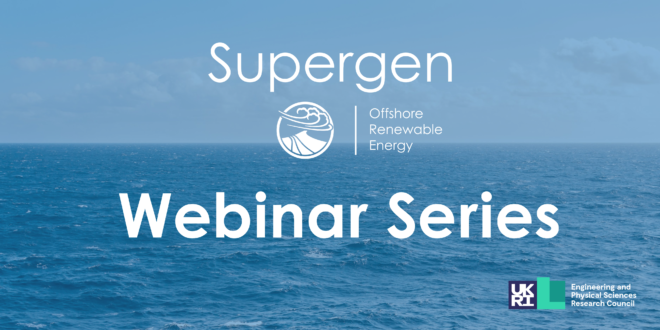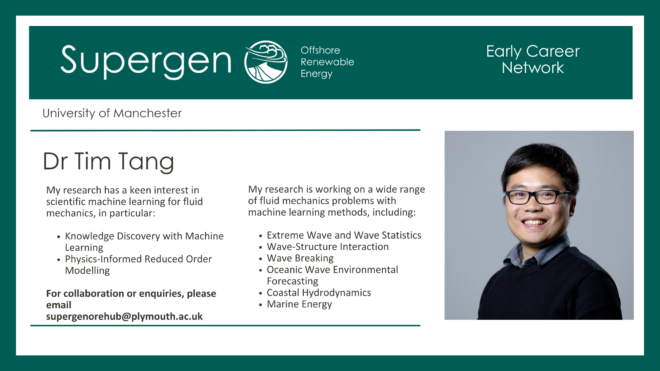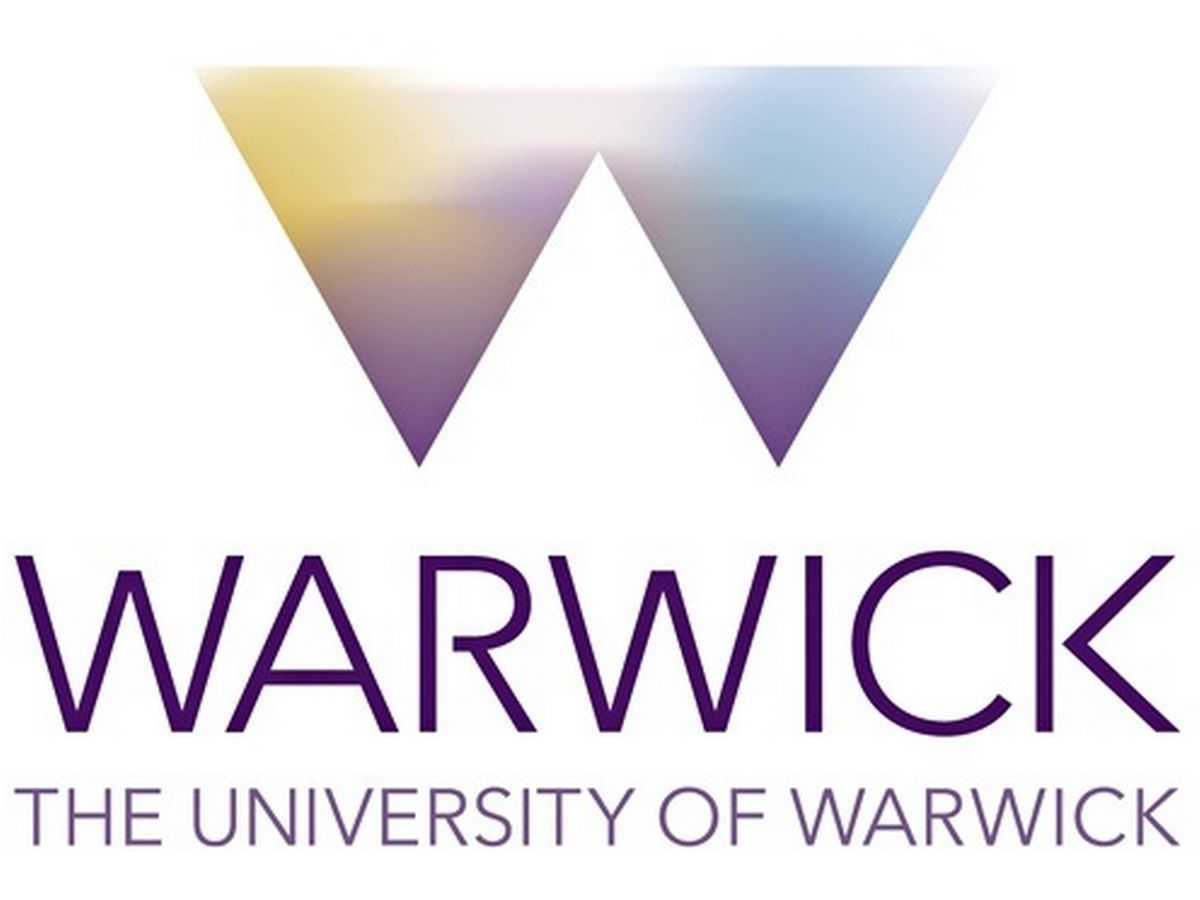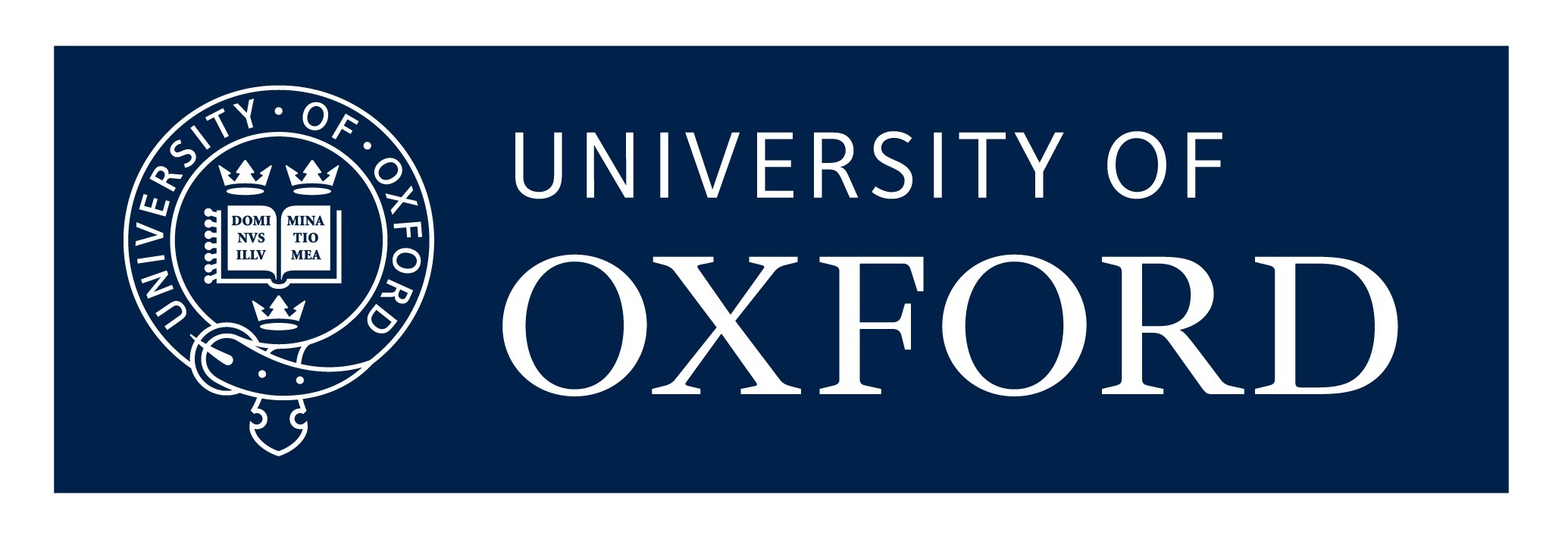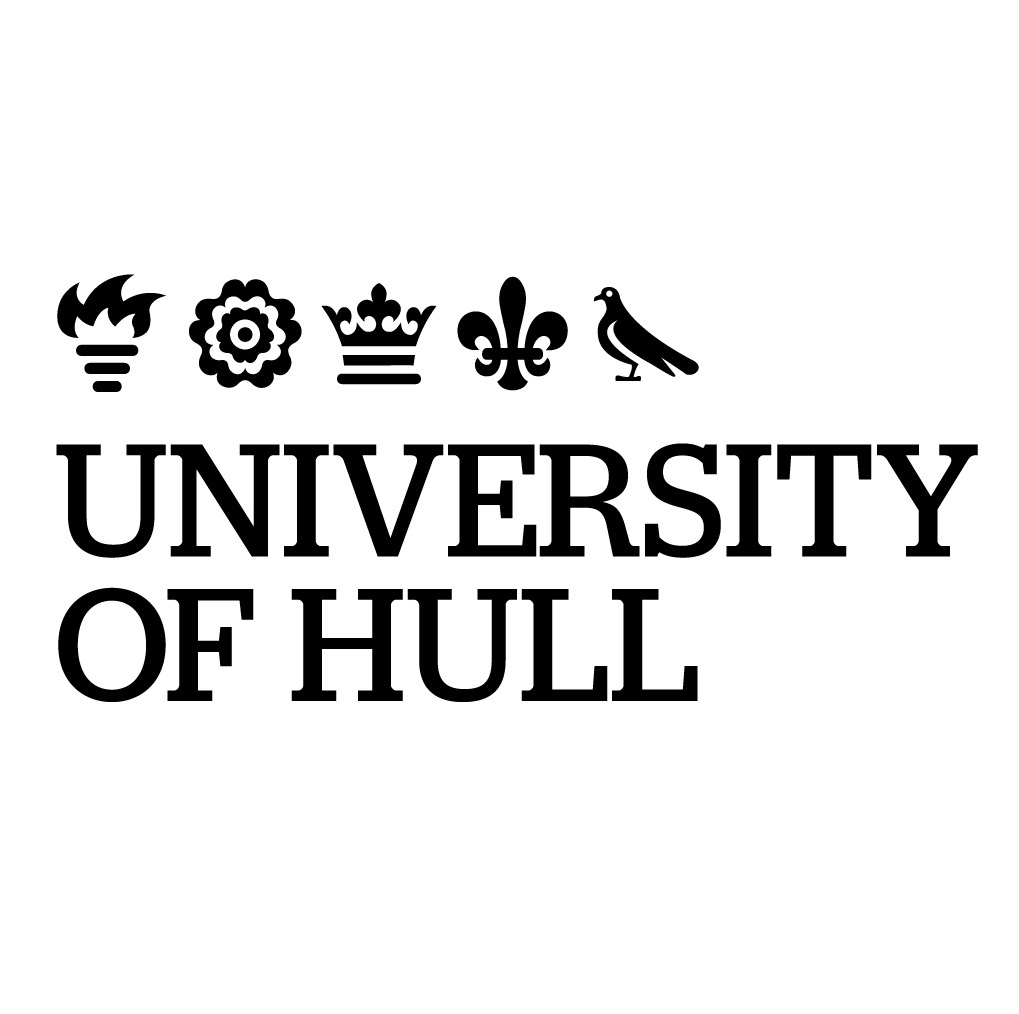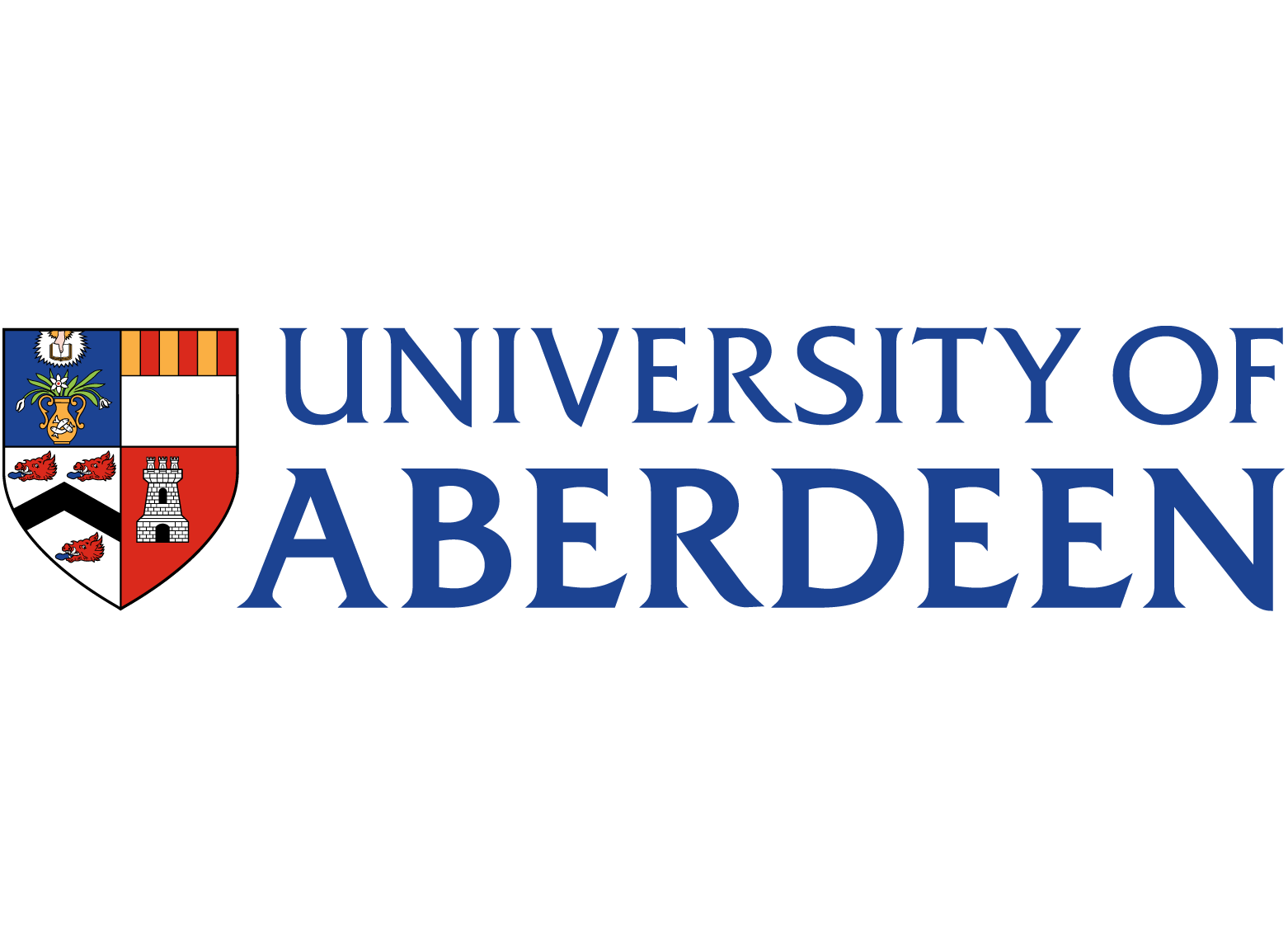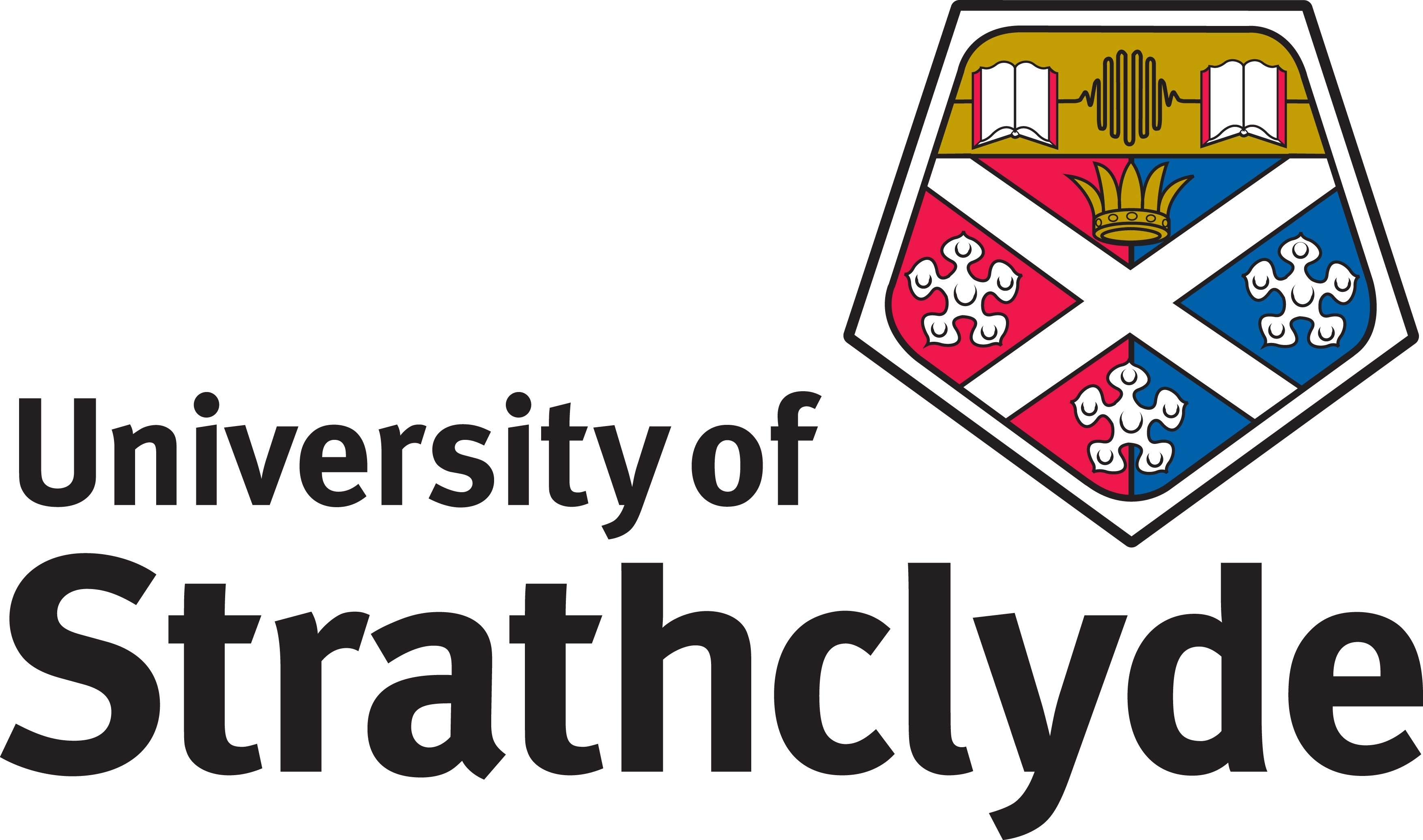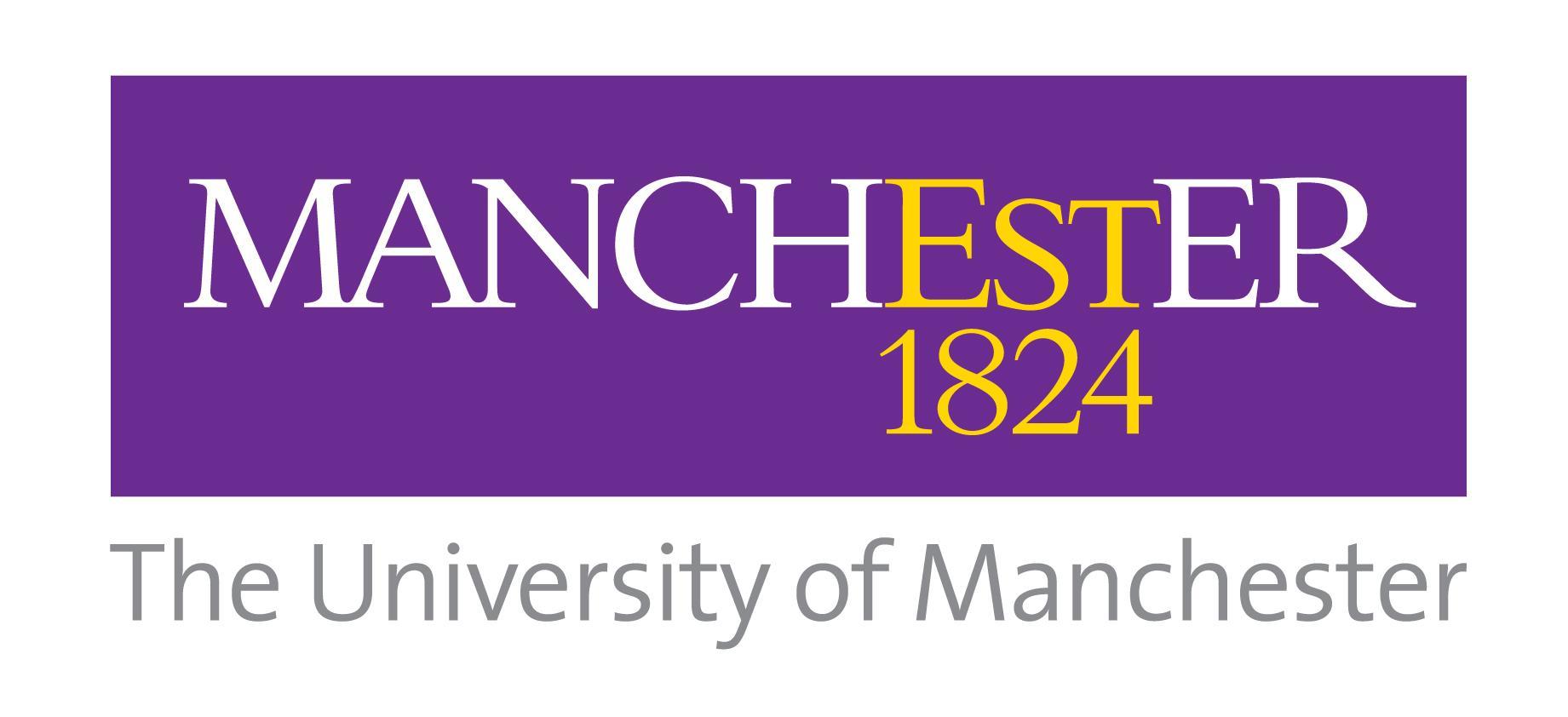About the project
Principal Investigator: Dr Yabin Liu
Harnessing Offshore Renewable Energy (ORE) is a vital step in the new-zero transition. The UK enjoys rich ORE resources due to its geography and exposure to ocean-driven flows, and its government is backing tidal power, with an estimated potential of 34 TWh/year, as a significant part of its renewable-energy scheme. However, despite the great potential and ambition, the exploitation of tidal energy is still facing substantial challenges.
Tidal turbine blade tips experience the highest local flow speed, and thus tip vortex cavitation is prone to occur around blade tips at high tip speed ratios (TSRs). This can cap the power efficiency of tidal turbines and lead to an upper TSR limit, and tip vortex cavitation can result in blade erosion, vibration, and cavitation noise due to bubble collapse. Though research on cavitation for tidal turbines is still limited, this problem has been reported and investigated in aligned application areas, such as pumps and propellers. Lower TSRs imply higher torques and the powertrain components generally scale with torque, hence high TSRs can lead to lower cost powertrains. Although the tidal power sector is at its early stage, considerable attention must be paid to cavitation, as efficiency must improve by increasing TSR and the risk of blade erosion and damage is high due to the corrosive nature of sea water.
Aside from energy-harvesting and fatigue considerations, due to the detrimental physiological effects to humans and marine life, considerable attention needs to be paid to the potential noise pollution from tip vortex and cavitation at high TSRs. Moreover, the power efficiency of tidal/wind turbines is limited by turbine-to-turbine wake interactions, which can cause up to 20% power loss, and the tip vortex plays a leading role in the generation and propagation of the wake. It is clear that the careful treatment and control of tip flows is critical to the efficient design and operation of tidal turbines. This project will focus on novel vortex control through tip permeability.
